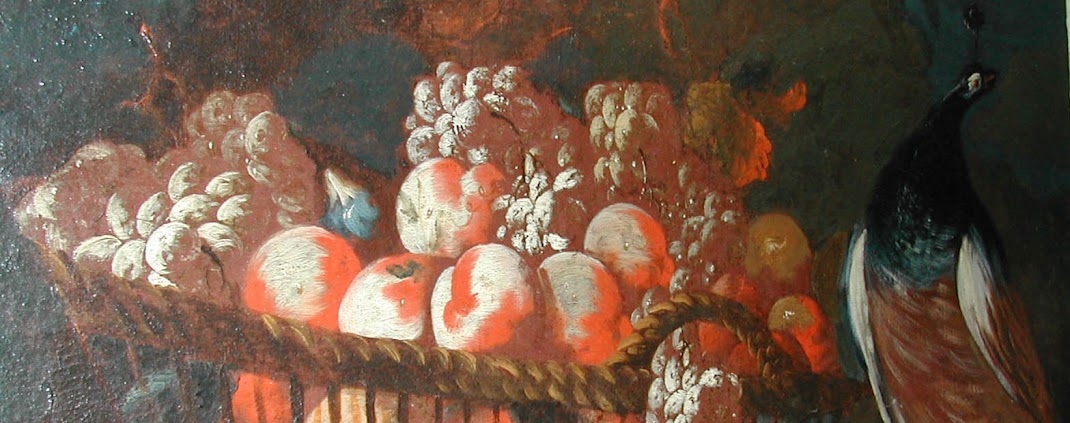Meine Pfingstrosen - My Peonies....
It's raining "cats and dogs" here...
Rubra Plena
and only some are fully in blossom
and only some are fully in blossom
Chinese tree peony
*
*
***
**
*
Japanese 'Honor' - still not ready....
as well as the..
Festivia Maxima
which will look like...
...when in full flower.
***
**
*
Which you all a sunny and flowering Whitsun
without rain!!!
Rubra Plena
FROHE PFINGSTEN!
A bientôt....
- Pfingstrose (Whitsun rose)
is the German designation, the common name, for Peony -























































